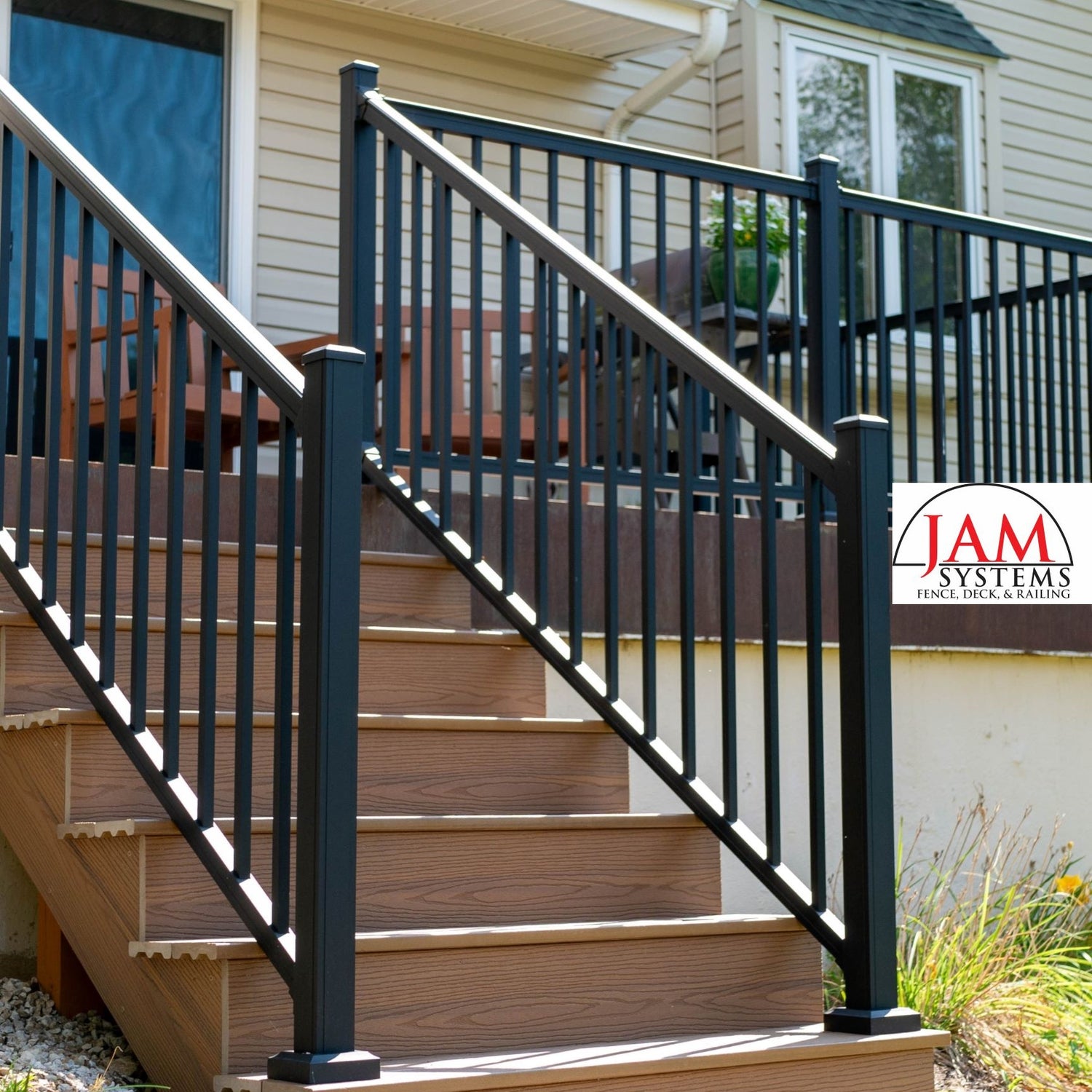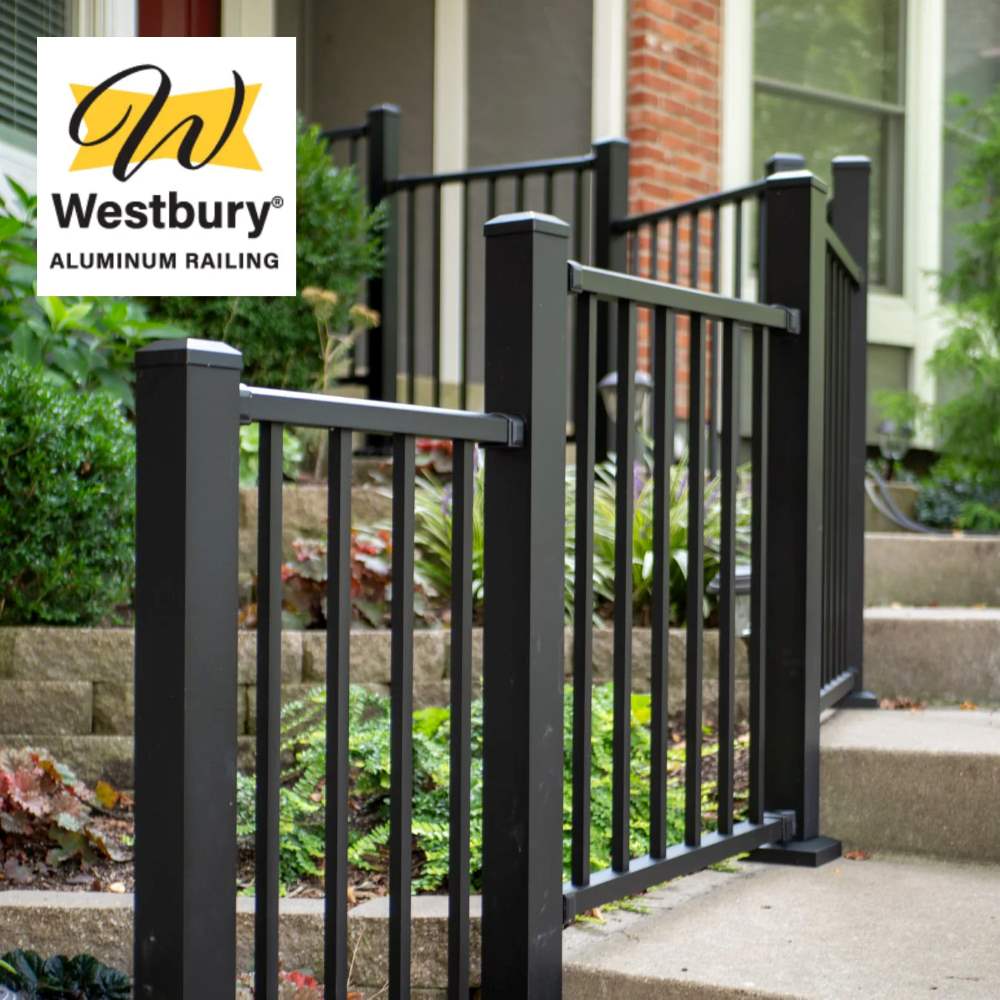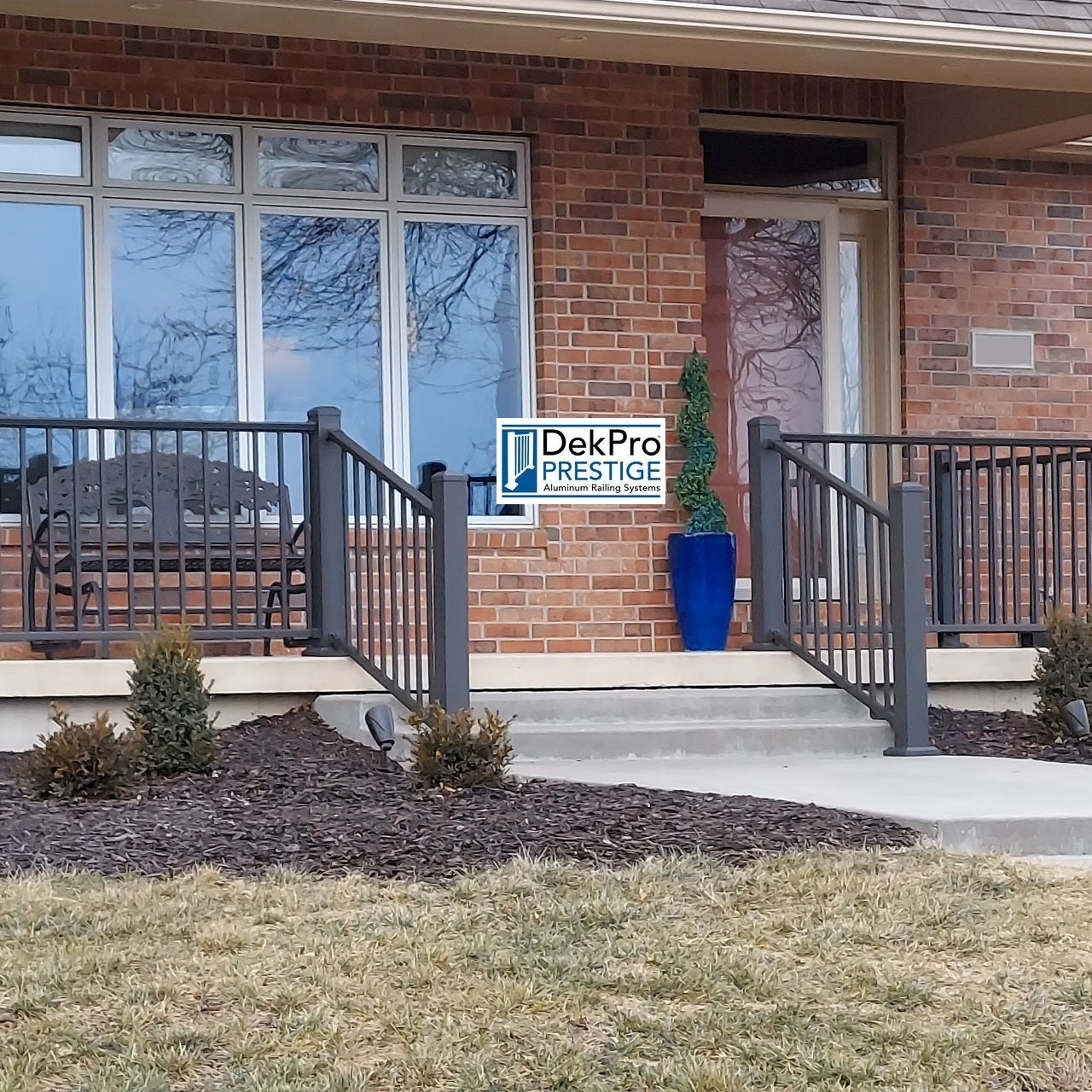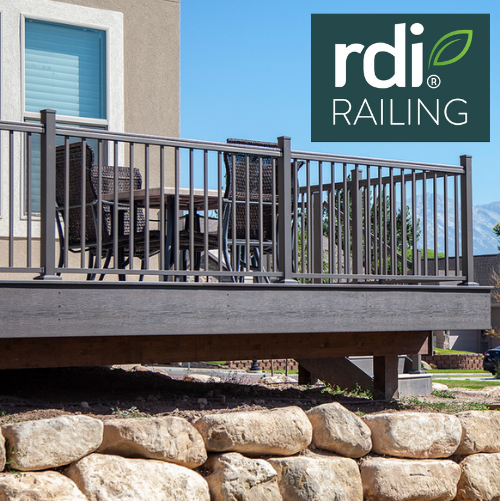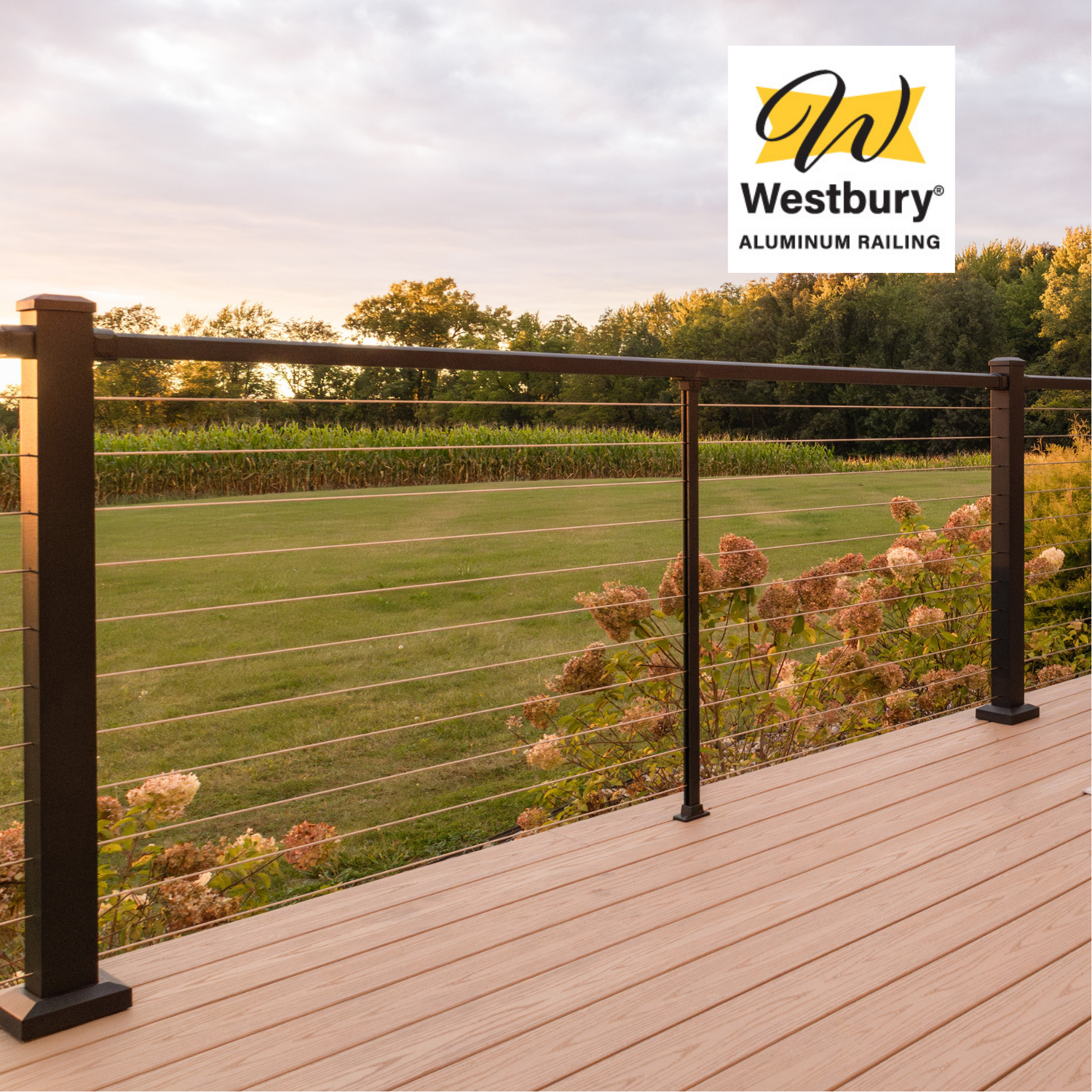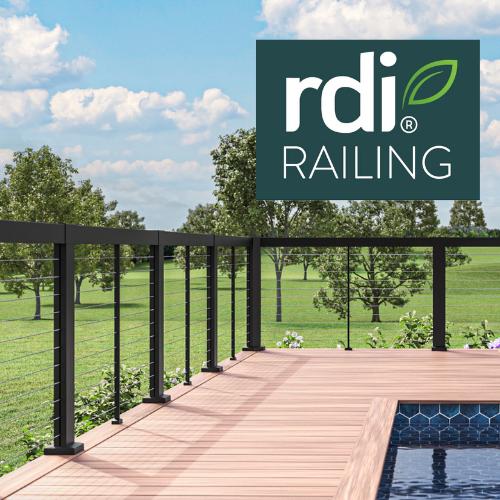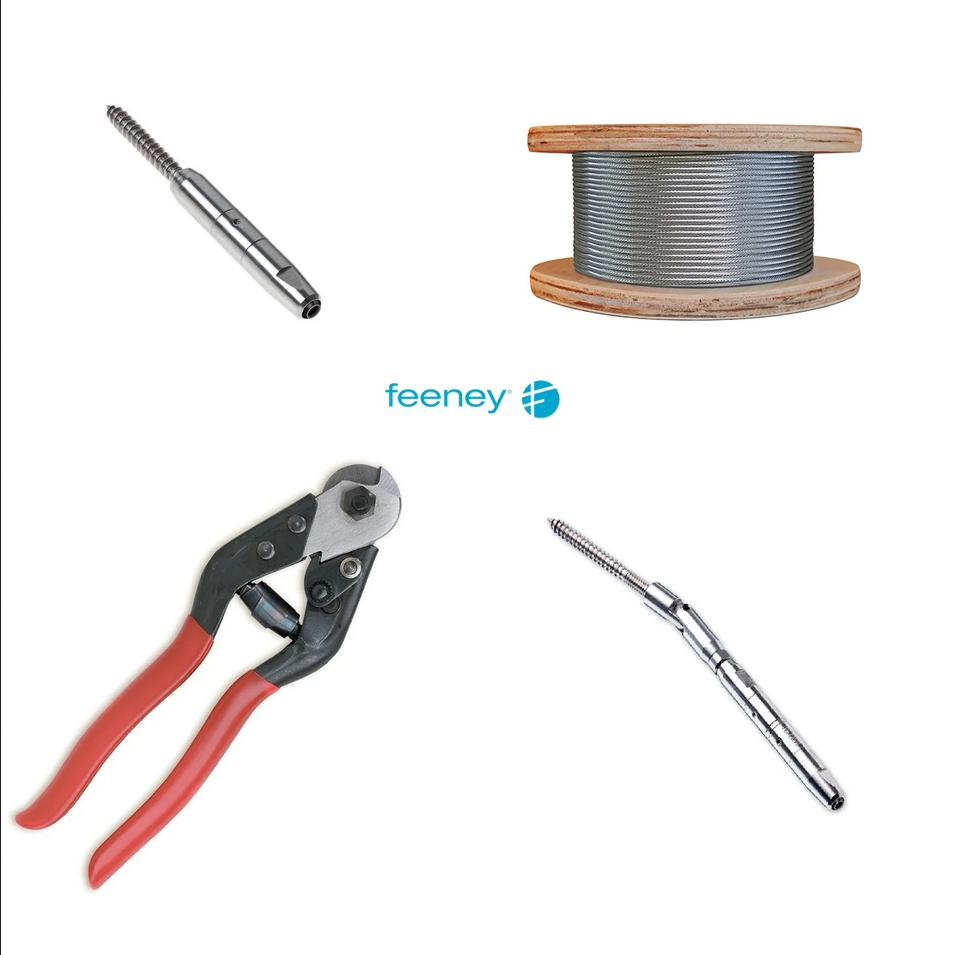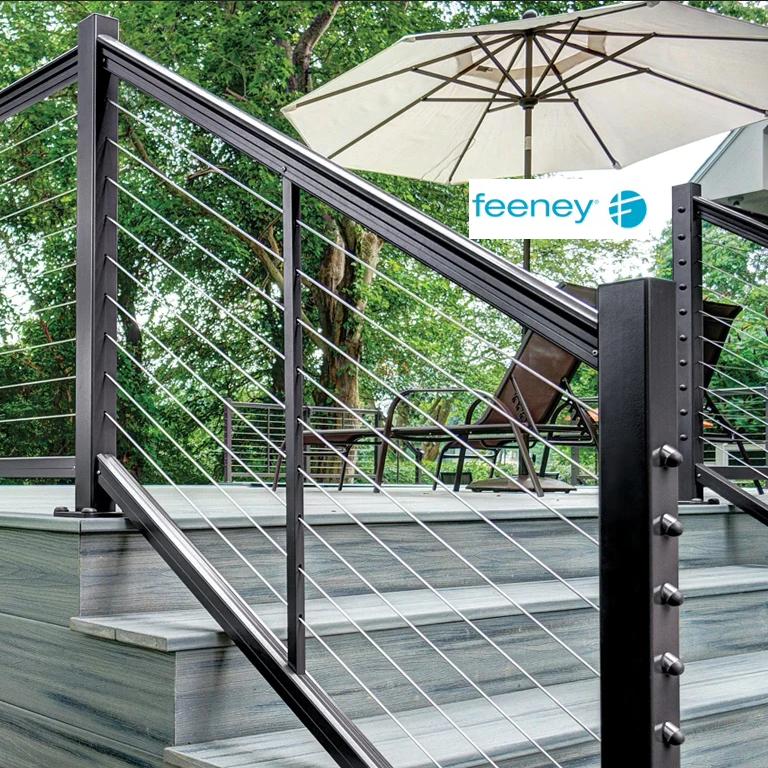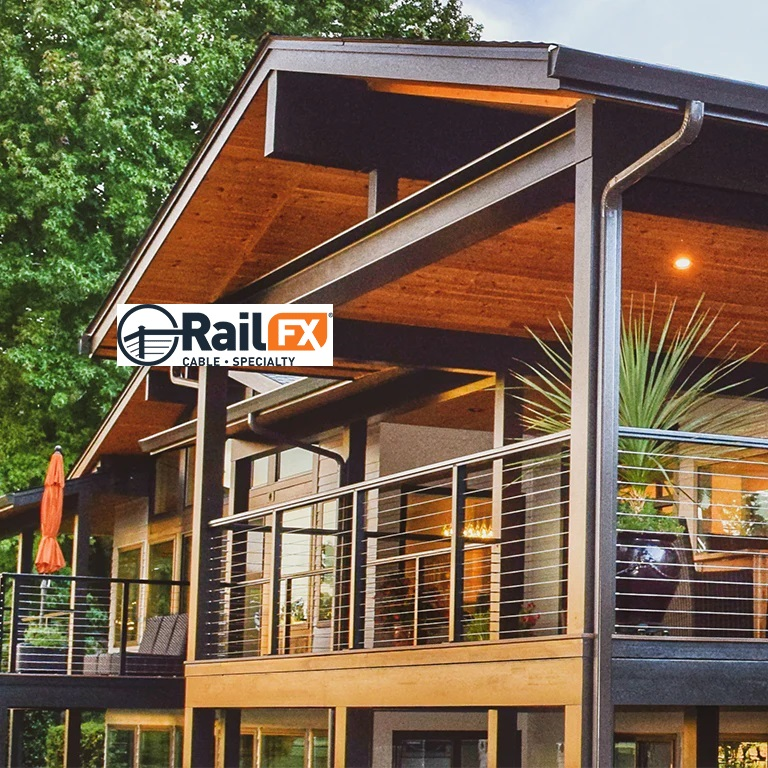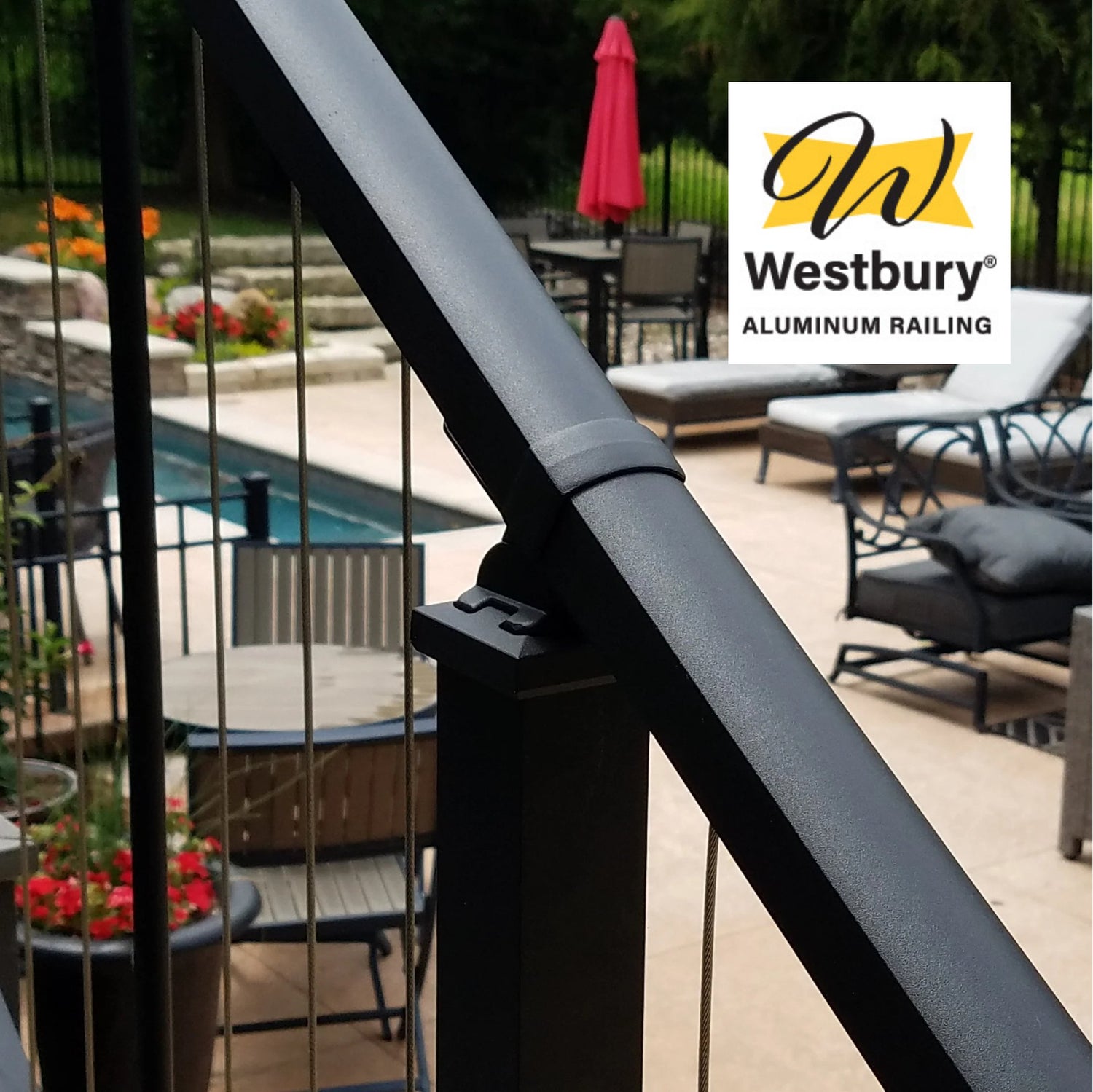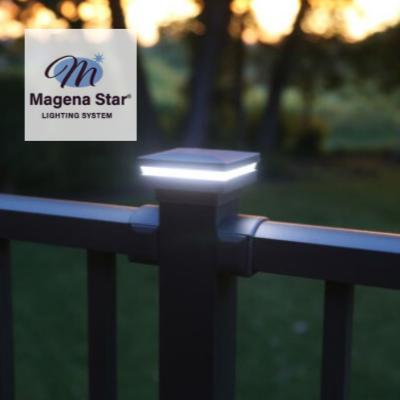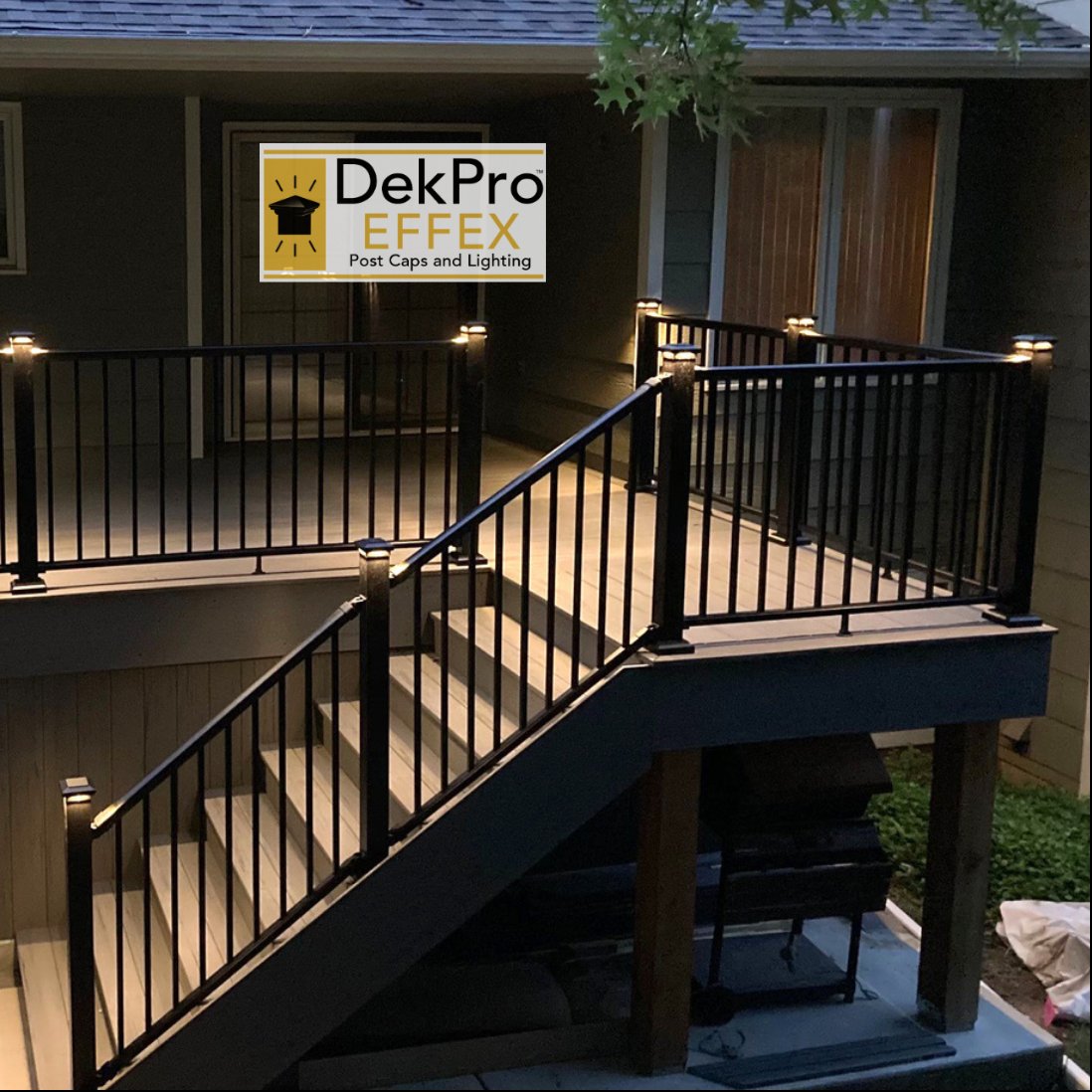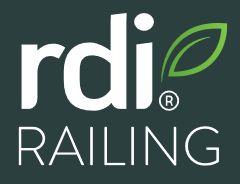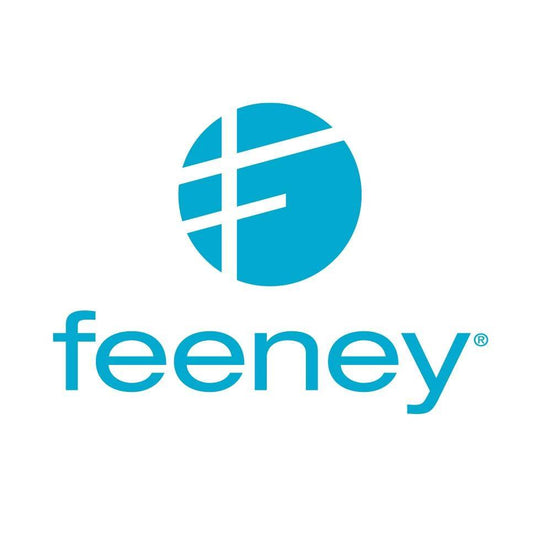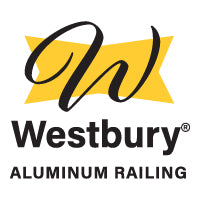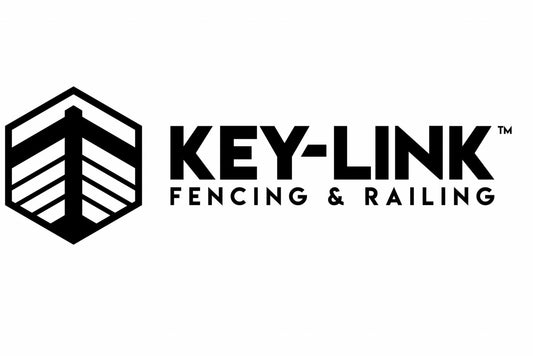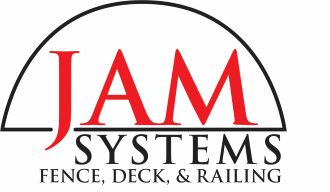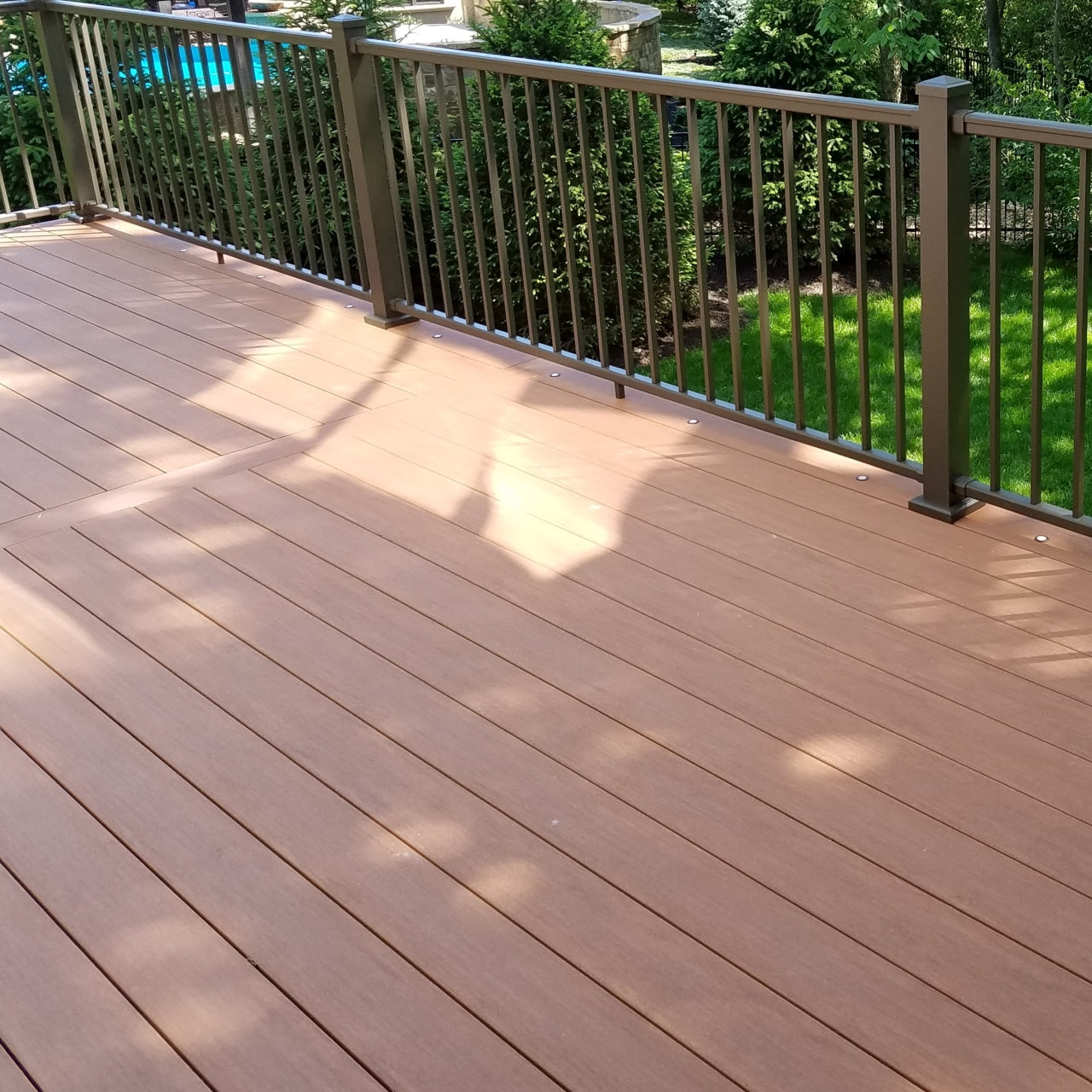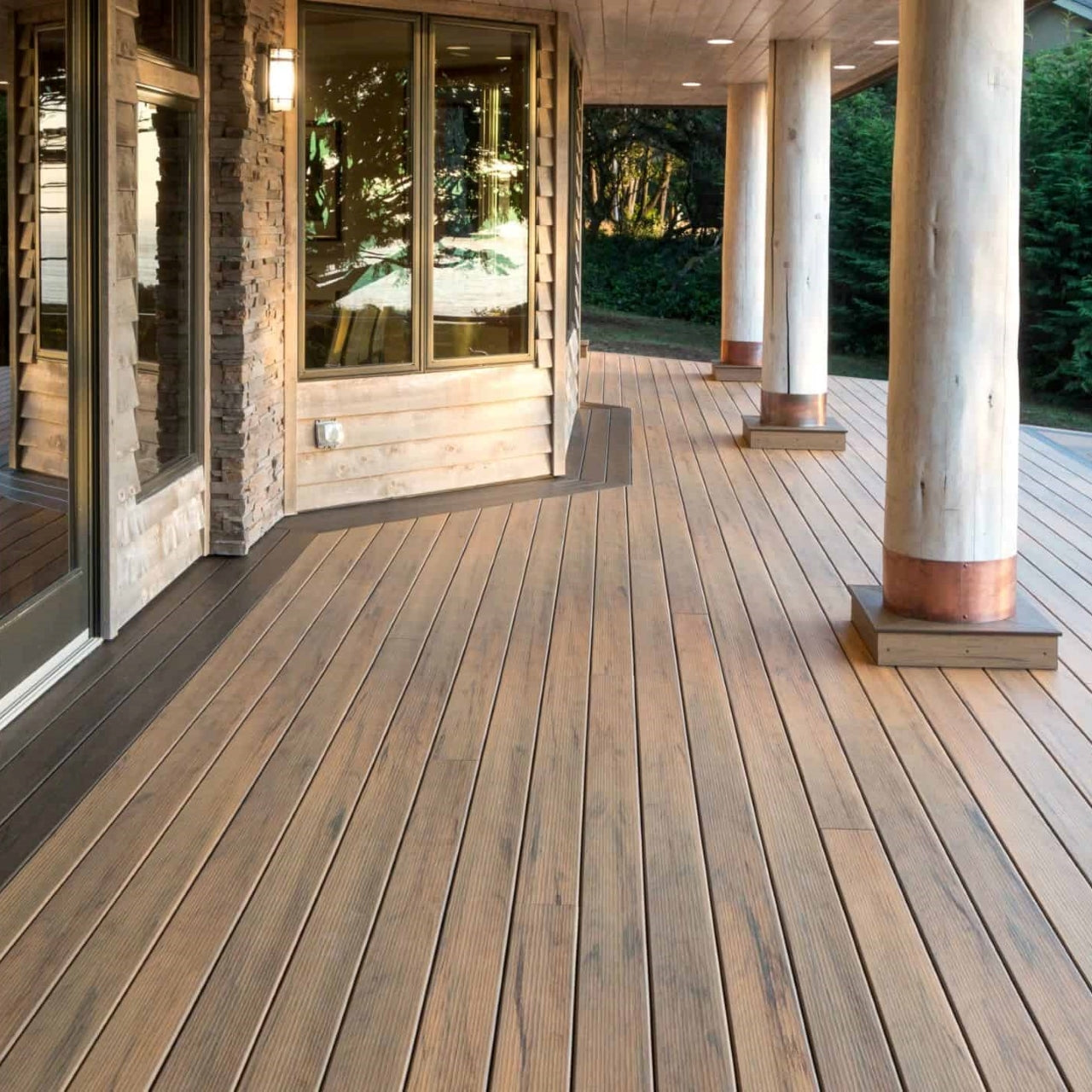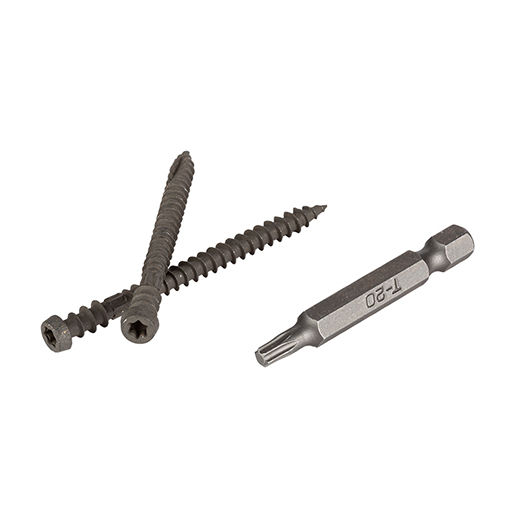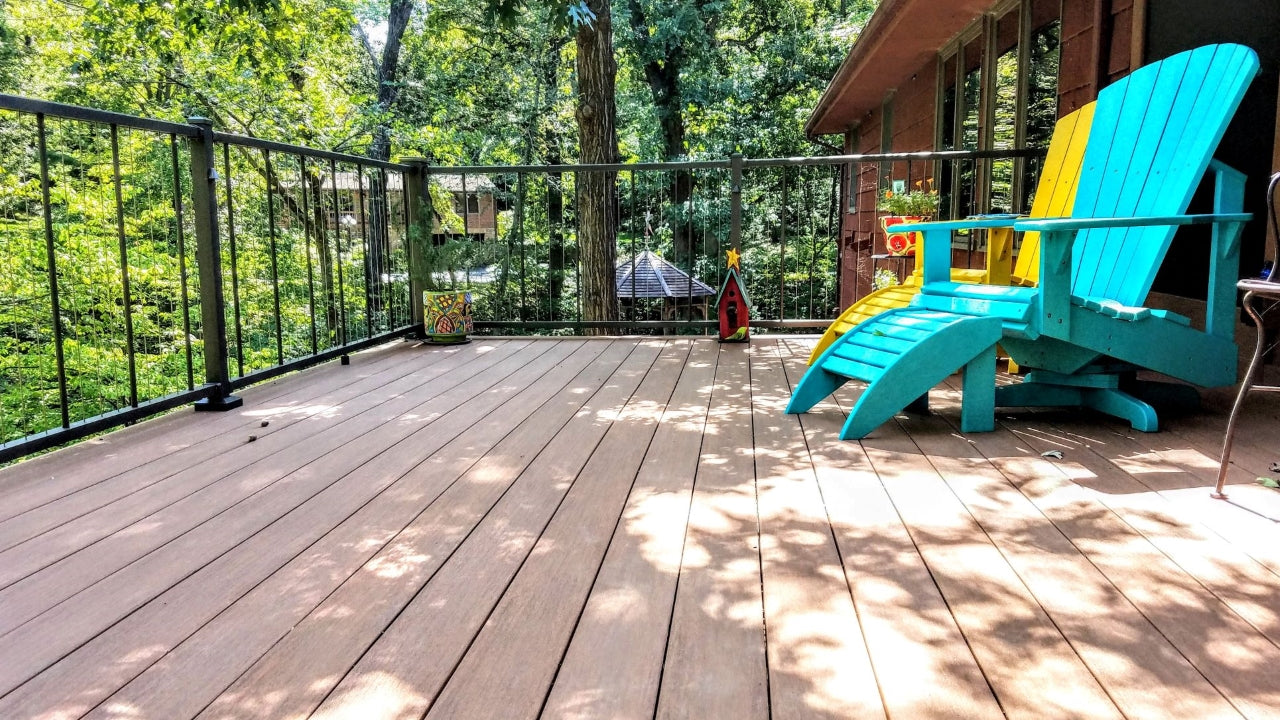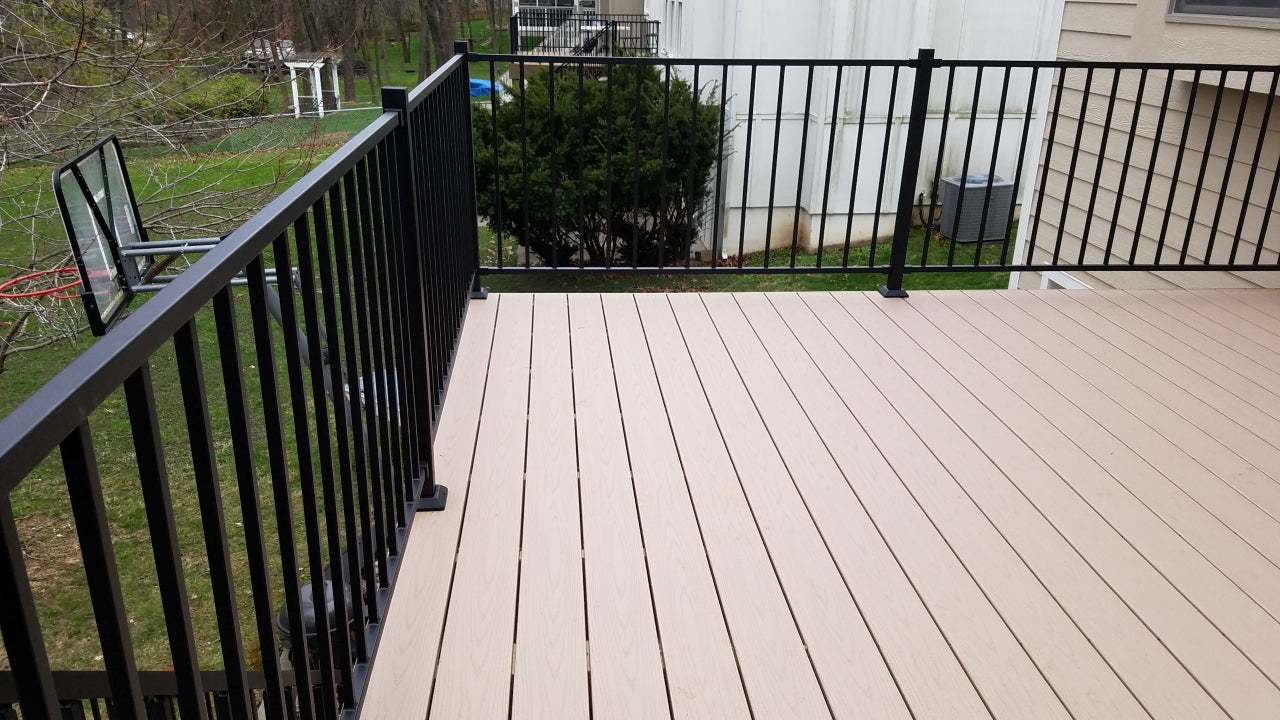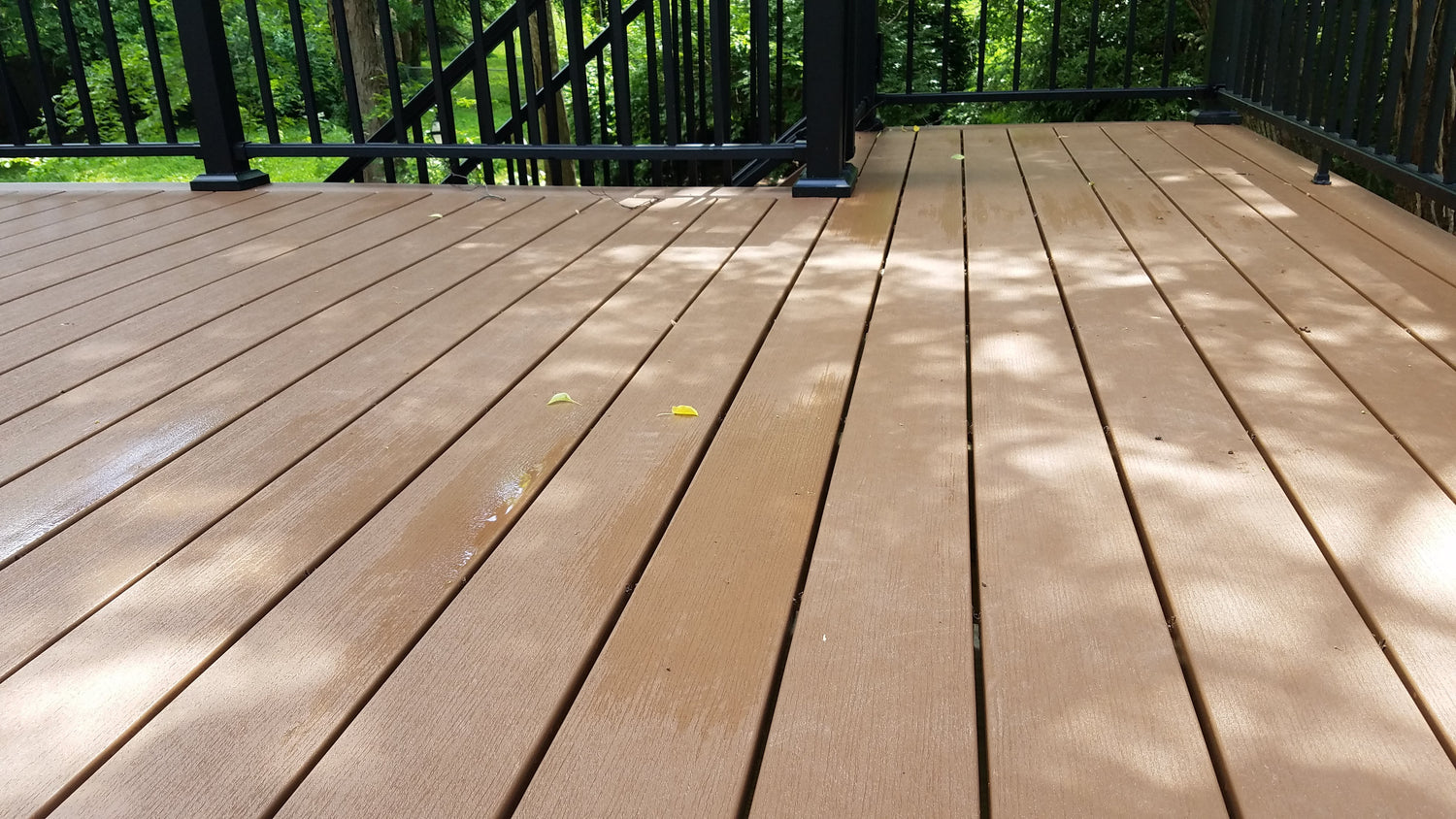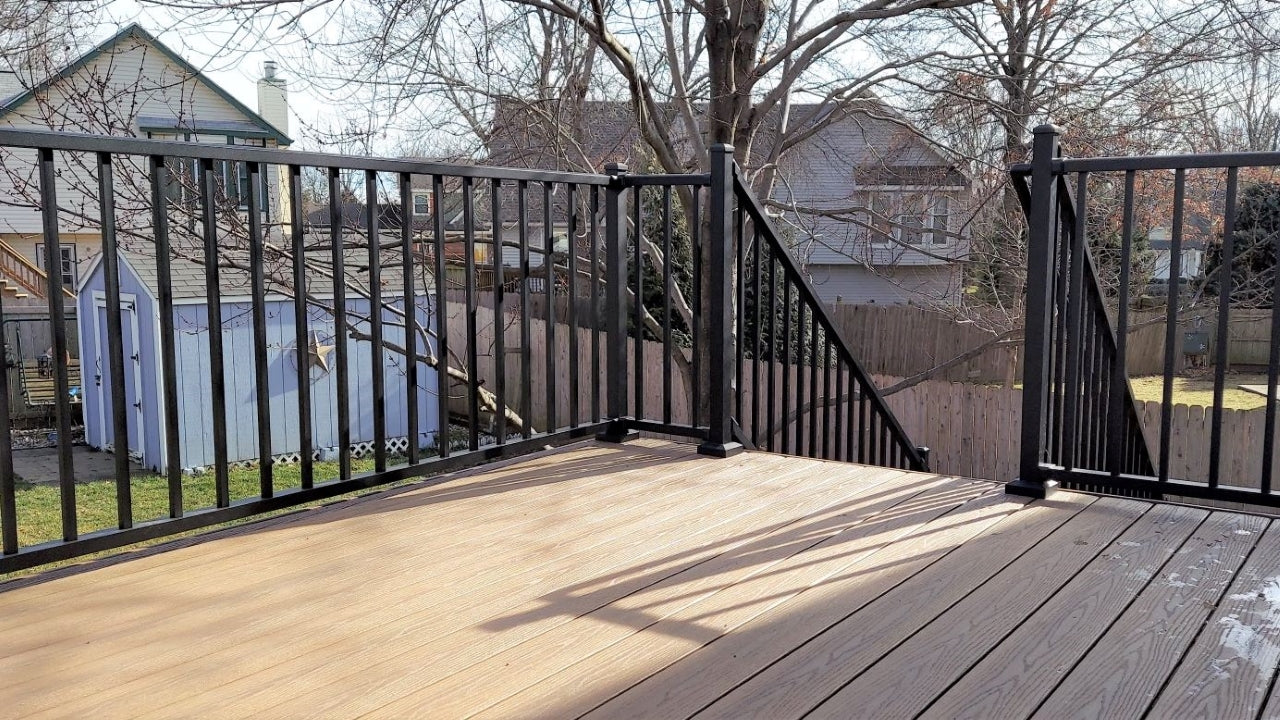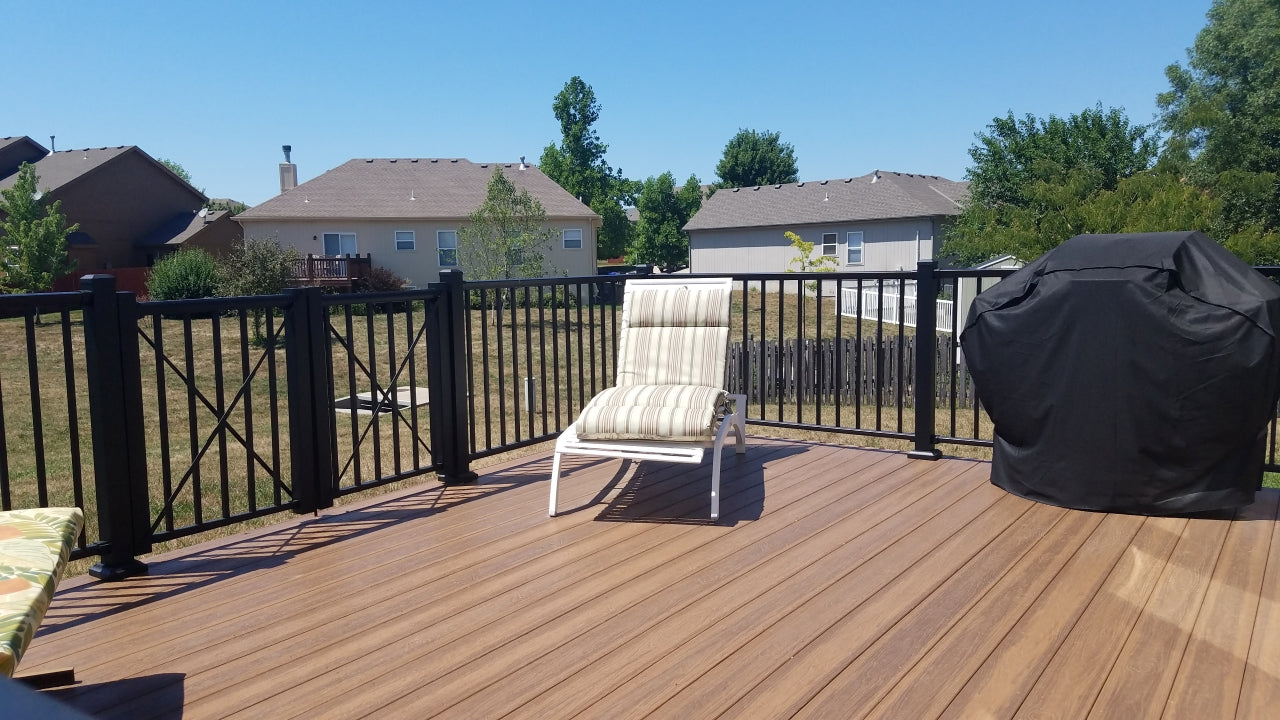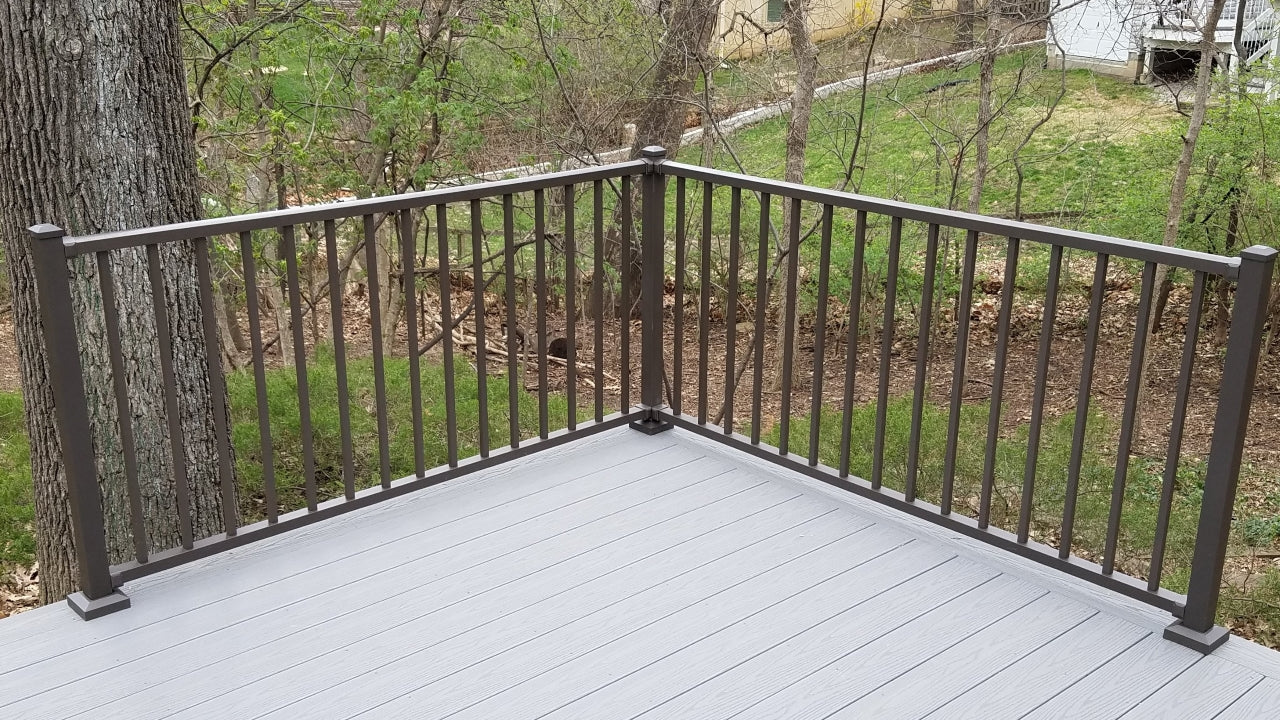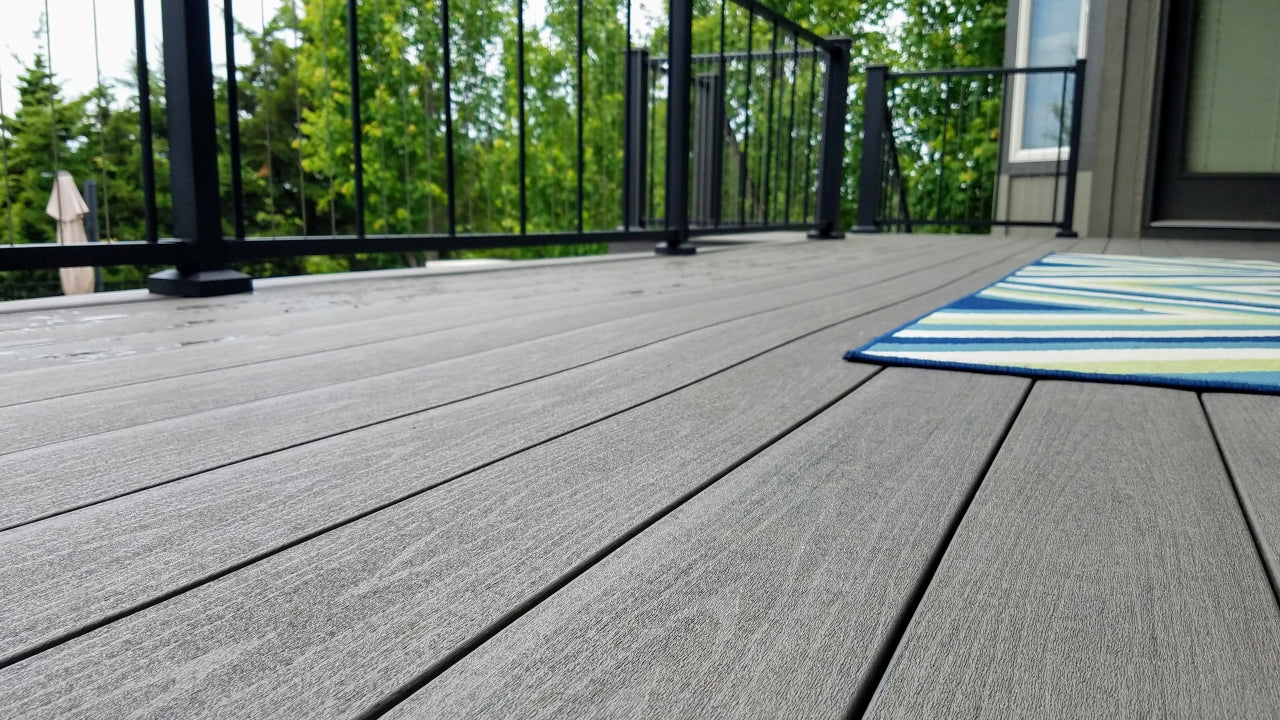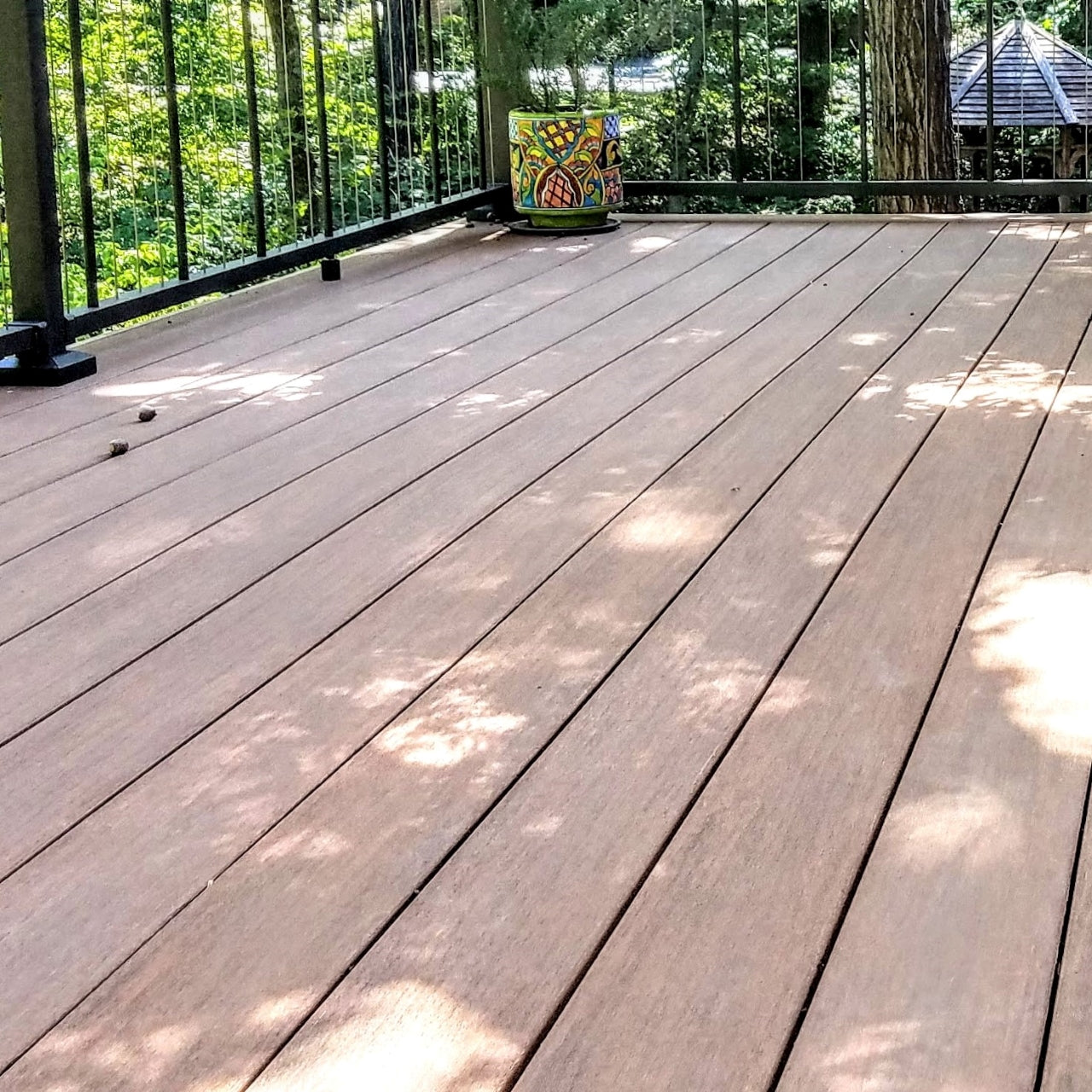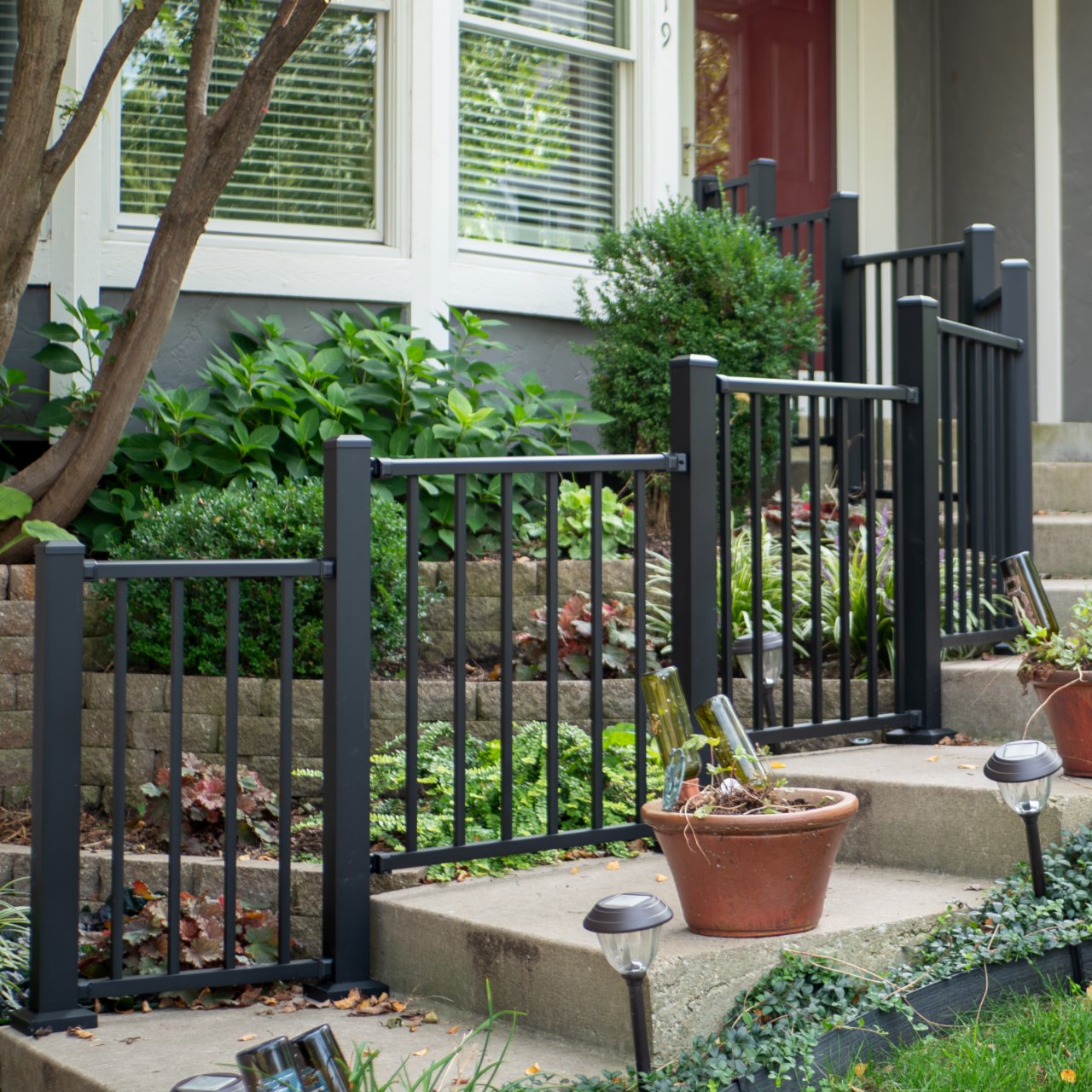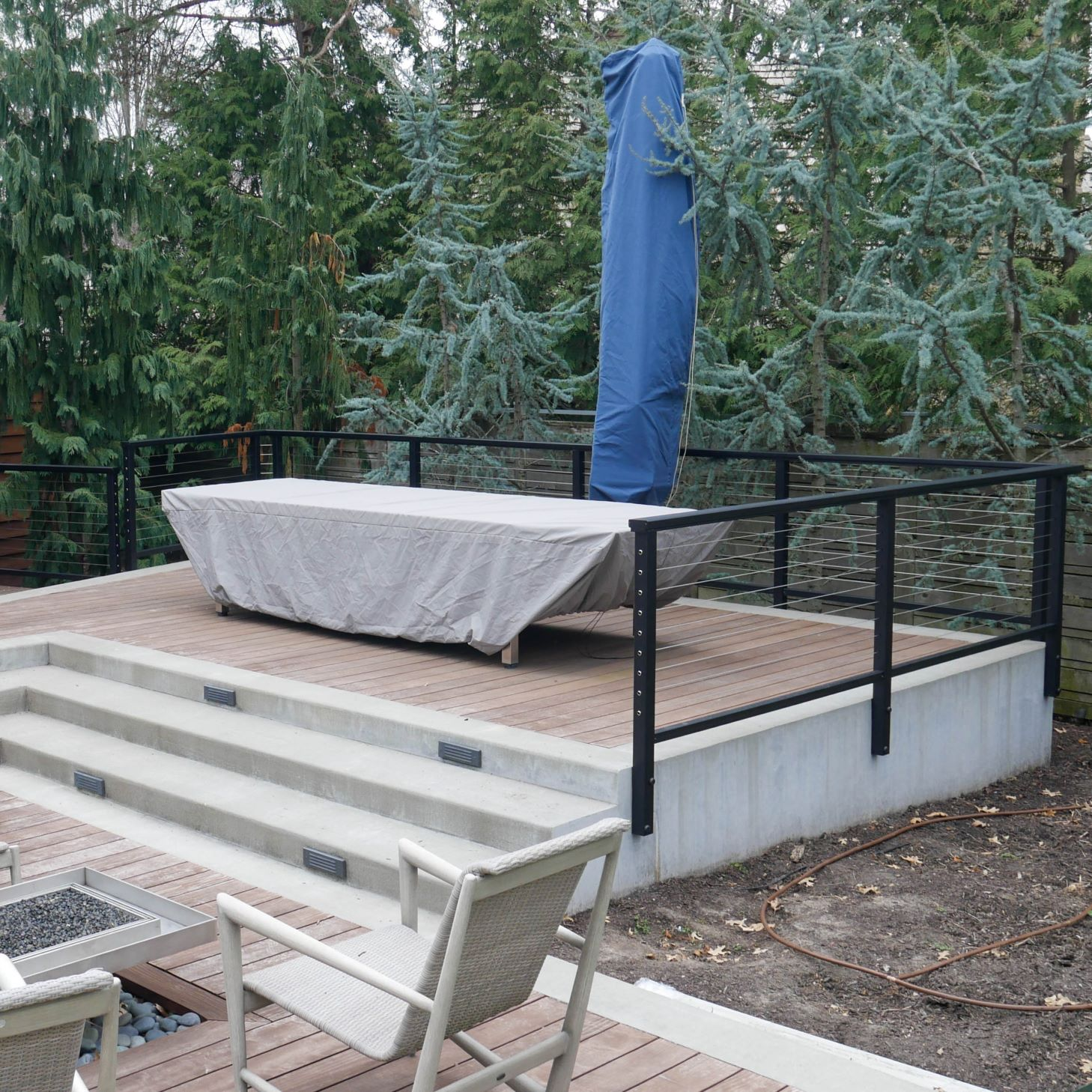Deck Fasteners
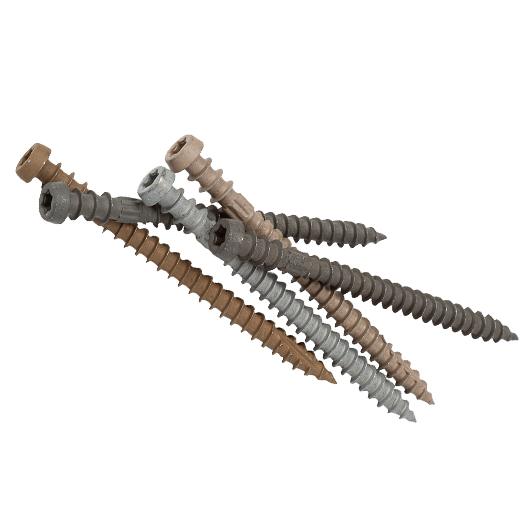
TOPLoc 2-½ in. Coated Composite Deck Screws
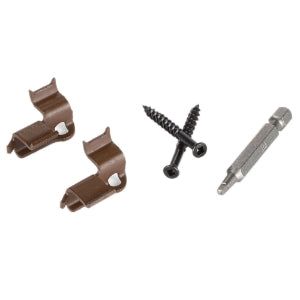
CONCEALoc Hidden Fasteners
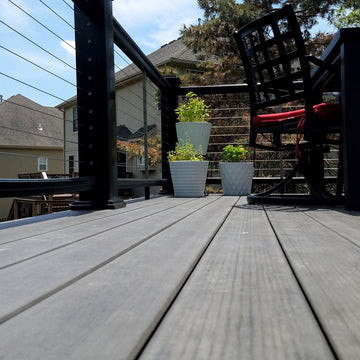
Manufactured Decking
- Composite Decking, or WPC Decking, often refers to Capped Composite Decking, which is designed to provide superior longevity and a wide range of textures and colors.
- PVC Decking, or Polyvinyl Chloride Decking, is a completely plastic polymer decking solution that is also capped for added durability.
- While PVC Decking offers a variety of benefits to builders, it tends to be more expensive than Capped Composite Decking.
Composite and PVC Decking: A Kansas City Homeowners Guide
Transform your outdoor living space with the beauty, durability, and low maintenance of composite and PVC decking.
Discover the perfect decking solution for your Johnson County, KS home with our comprehensive guide to composite and PVC decking. Learn about the benefits of these innovative materials, explore popular brands and collections, and find the ideal decking to create your dream outdoor oasis.
Why Choose Composite or PVC Decking?
- Unmatched Durability: Composite and PVC decking are engineered to withstand the harsh Kansas weather, resisting fading, staining, and decay for years of worry-free enjoyment.
- Low Maintenance: Say goodbye to the endless cycle of sanding, staining, and painting. Composite and PVC decking require minimal upkeep, allowing you to spend more time relaxing and enjoying your outdoor space.
- Beautiful Aesthetics: Composite and PVC decking mimic the natural beauty of wood while offering a wider range of colors and styles to complement your home's architecture.
- Eco-Friendly Options: Many composite and PVC decking products are made from recycled materials, making them a sustainable choice for environmentally conscious homeowners.
- Increased Home Value: Composite and PVC decking can enhance your home's curb appeal and increase its value, making it a smart investment for any homeowner.
Popular Composite and PVC Decking Brands
- Azek: Azek is a leading manufacturer of premium PVC decking, known for its exceptional durability, beauty, and low maintenance.
- TimberTech: TimberTech offers a wide range of composite decking options, from classic wood-look designs to modern, contemporary styles.
- Fiberon: Fiberon composite decking is renowned for its natural wood-grain patterns and rich, vibrant colors.
- Envision: Envision Decking was formerly known as Evergrain, and set the trend of the the 2000's with Weathered Wood, a non-capped composite board, still used by home builders today. Of course, it is not recomended to use non-capped decking, as encapsulated decking is superior and has an improved longevity.
- Other Brands include: Deckorators, Armadillo, Moisture Shield, Clubhouse, Millboard, and Duxxbak.
Key Considerations for Choosing Decking
- Budget: Composite and PVC decking come in a variety of price points to suit any budget.
- Style: Choose from a wide range of colors, textures, and finishes to complement your home's architecture.
- Maintenance: Consider the level of maintenance you're willing to commit to.
- Durability: Choose a decking material that can withstand the harsh Kansas weather.
- Warranty: Look for a decking product with a comprehensive warranty for peace of mind.
Find Your Perfect Decking Solution
Our team of decking experts is here to help you find the perfect composite or PVC decking solution for your Johnson County, KS home. We offer a wide selection of products from top brands, as well as professional installation services to ensure a flawless finish.
Contact us today to learn more about composite and PVC decking and get a quote for your project!


